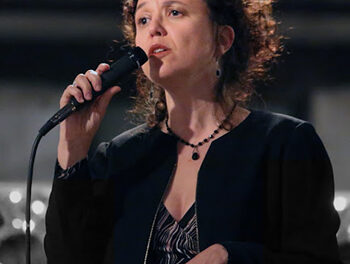If you are familiar with Thomas Hardy, “musical theatre” may not be the first thing that pops into your mind in association with his work. Hardy’s dense plotlines and bleak outlook on social hierarchy and romance hardly lend themselves to the majority of the musical theatre genre. Nevertheless, under the direction of Jerome Davis, Burning Coal Theatre Company took on the challenge of adapting Hardy’s Jude the Obscure into a musical. When a company builds a reputation for quality productions as Burning Coal has done under Davis’s artistic direction, they display commendable – and very necessary – courage when they choose to produce new works. And while new works may not demonstrate all the refinement or sophistication of a Shakespeare or a Tennessee Williams, what they do is generate opportunity for playwrights like Burning Coal’s Ian Finley, composers like Jonathan Fitts and Bruce Benedict, and actors, designers, and audiences to create and experience art. The production of new works is absolutely critical for the arts to remain relevant and contribute to an ever-changing society.
The first part of Burning Coal’s presentation of Jude the Obscure (produced in two parts) is a far cry from perfect. While Finley’s book captured the naturalism of Thomas Hardy’s novel, with no true climactic scene or conflict resolution, Benedict and Fitts’ score (with lyrics by Jerome Davis) becomes repetitive and difficult to relate to the dialogue of the show. Jude‘s company presented strong results in design and performance. G. Warren Stiles’ set proved aesthetic and versatile, with several levels and a brilliant revolving platform to indicate changes in time and place. Daniel Winters’ lights informed a general mood for the piece and helped paint a picture of the past. Stephen LeTrent (Jude), Liz Beckham (Arabella), and Alice Rothman-Hicks (Sue) achieved believable and sympathetic characterizations, backed by the versatile ensemble, which carried off nearly 50 different characters among ten actors, with notable performances from the young Josh Martin and Samantha Rahn.
Despite the drawbacks that follow the creation of any new work, Burning Coal has succeeded in bringing new and comprehensive art to Raleigh. This run continues through May 5. For details, see the sidebar.











